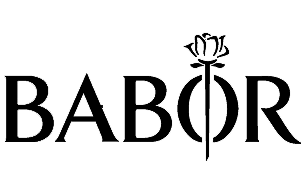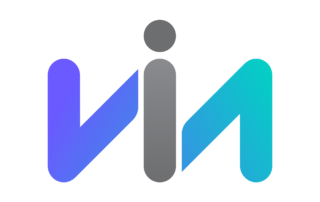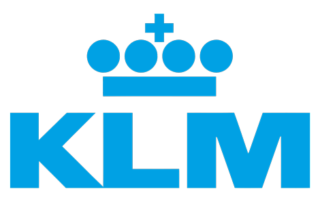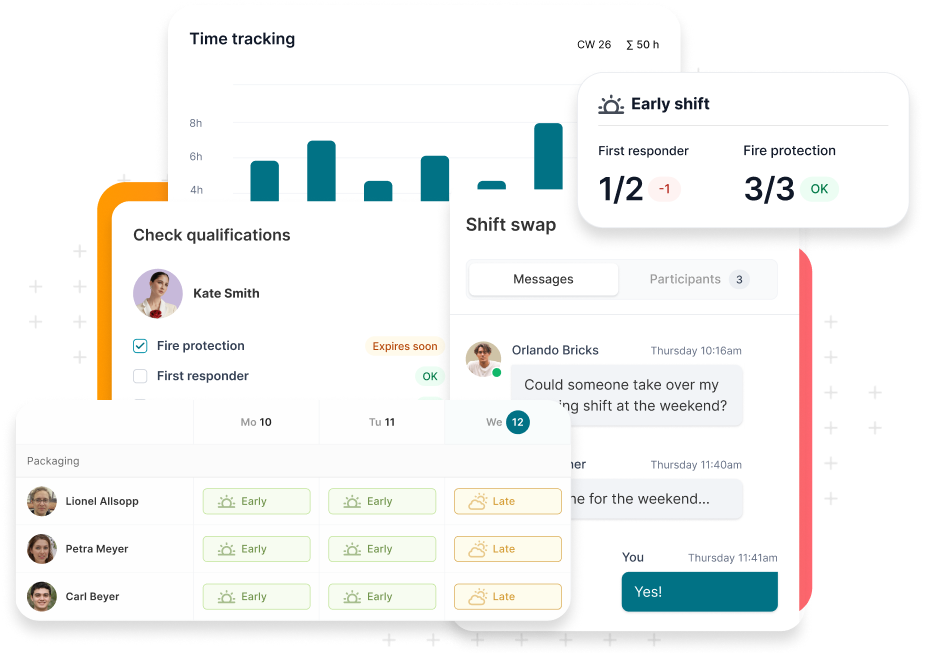WorkforcePlus:
the future of employee scheduling
WorkforcePlus:
the future of employee scheduling
The right people in the right place at the right time – without the right workforce planning, production comes to a halt, goods cannot be handled in distribution centers, and airports come to a standstill. This core part of many companies has to function properly. This is achieved with the right tools.
The right people in the right place at the right time – without the right workforce planning, production comes to a halt, goods cannot be handled in distribution centers, and airports come to a standstill. This core part of many companies has to function properly. This is achieved with the right tools.
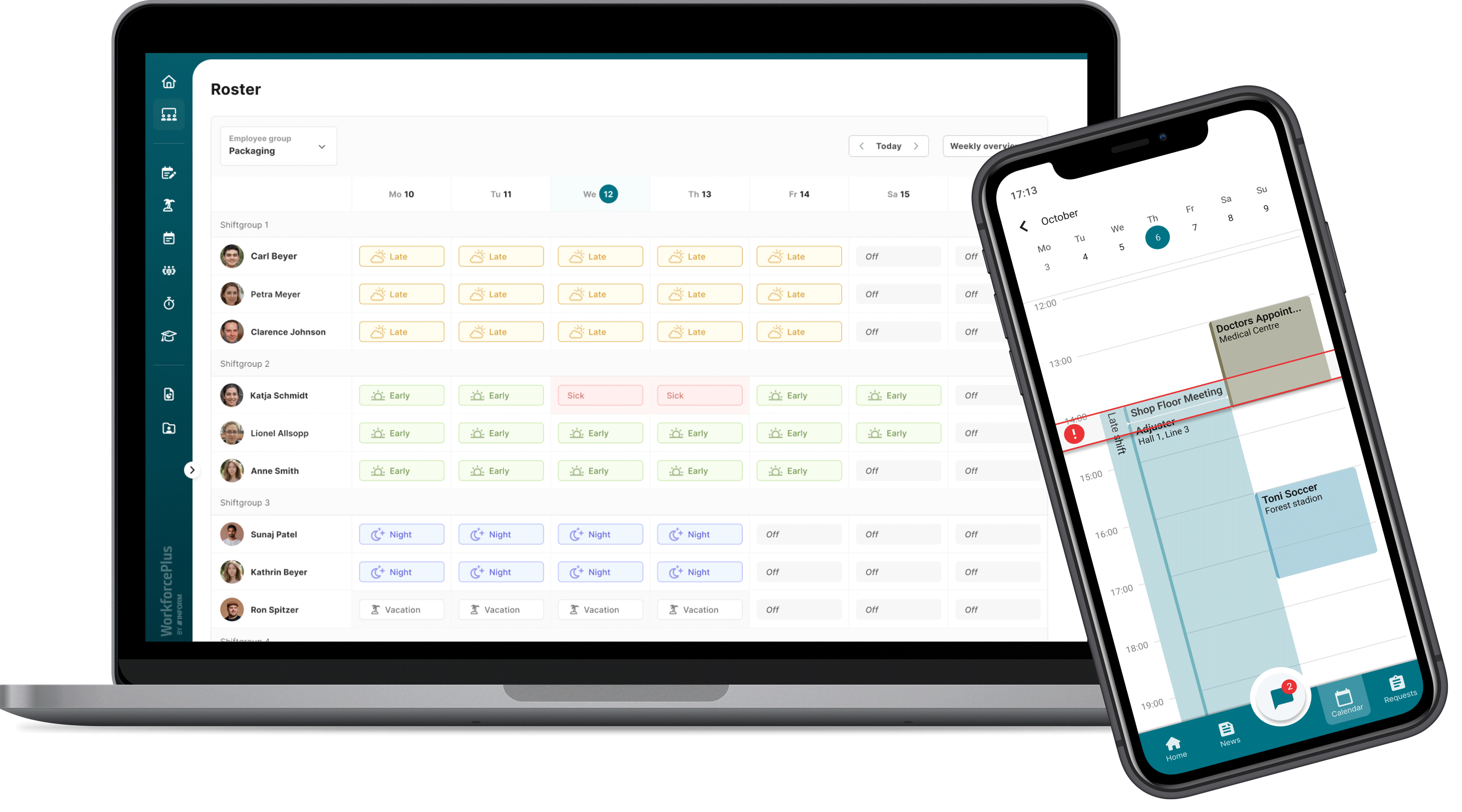
Everything you need to master your workforce management efficiently
Workforce management for all prospects
We want to improve the working environment around shift work and include the interests of all stakeholders. We stand for schedules that are needs-based and demand-driven.
We want to improve the working environment around shift work and include the interests of all stakeholders. We stand for schedules that are needs-based and demand-driven.
Flexible and adaptable to your needs
We are flexible, so you can be flexible! By understanding your needs, we can design the right solution for you; sustainably, effectively, together.
We are flexible, so you can be flexible! By understanding your needs, we can design the right solution for you; sustainably, effectively, together.
Implement workforce management successfully
Your staff is your company’s most valuable “resource”. Introducing a new workforce management system should be well thought out. We support you with suitable methods to successfully implement your project.
Your staff is your company’s most valuable “resource”. Introducing a new workforce management system should be well thought out. We support you with suitable methods to successfully implement your project.

Contact

For inquiries or more information, contact me:
Michael Friedwagner
Business Development
For inquiries or more information, contact me:
Michael Friedwagner
Business Development




